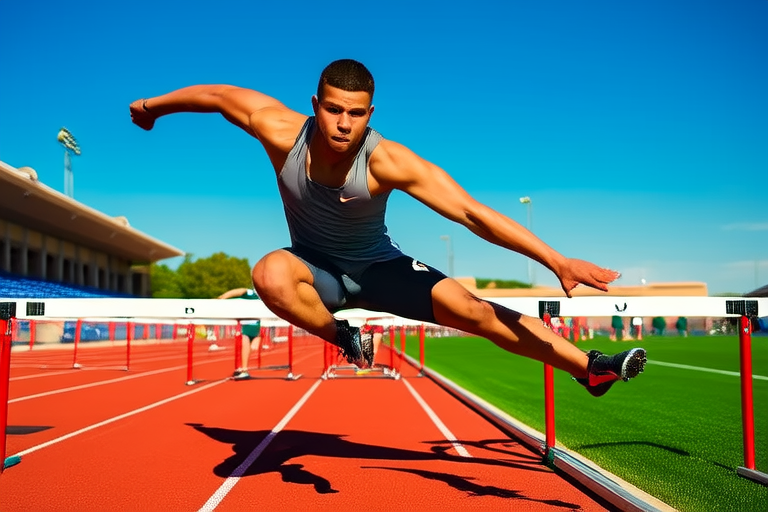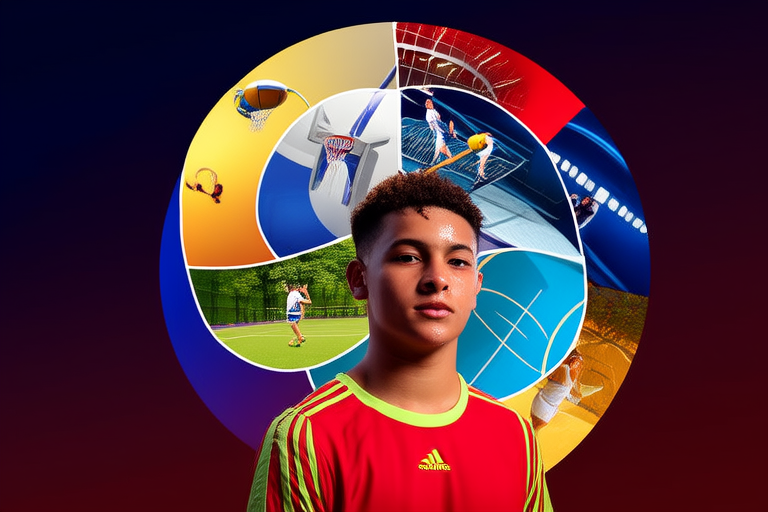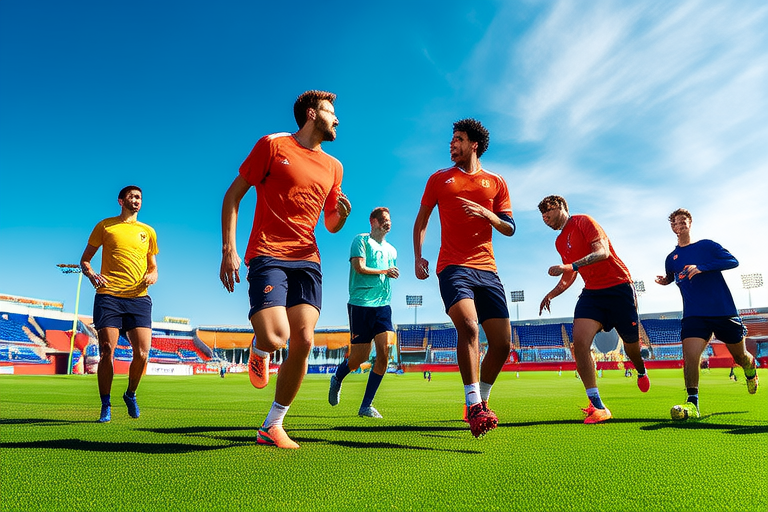Exploring the World of Sports: A Comprehensive Guide to Different Types
Sports have long been a cornerstone of human culture, offering not only entertainment but also avenues for physical fitness, mental well-being, and social connection. From team-based competitions to solitary pursuits, the world of sports is vast and diverse, catering to individuals of all ages, abilities, and interests. This article delves into the various categories of sports, exploring their unique characteristics, benefits, required skills, and notable variations within each type.
Team Sports
Team sports are characterized by their reliance on collaboration, communication, and shared objectives. These activities bring together individuals who must work in unison to achieve victory, making them an excellent platform for fostering teamwork and camaraderie.
Examples and Characteristics
Popular team sports include soccer, basketball, rugby, cricket, and volleyball. Each sport has its own set of rules, equipment, and playing fields, but they all emphasize coordination among players. For instance, soccer requires players to pass the ball strategically to score goals, while basketball demands quick reflexes and precise shooting skills.
Physical and Mental Health Benefits
Engaging in team sports improves cardiovascular health, builds muscle strength, and enhances endurance. Mentally, these activities foster problem-solving skills, boost self-esteem, and reduce stress through the release of endorphins. The social aspect of team sports also helps combat feelings of isolation and promotes a sense of belonging.
Required Skills
Success in team sports hinges on a combination of technical skills, such as dribbling or passing, and interpersonal skills like leadership and adaptability. Athletes must also possess strong spatial awareness and the ability to anticipate their teammates’ and opponents’ actions.
Individual Sports
In contrast to team sports, individual sports focus on personal achievement and self-reliance. These activities allow athletes to compete against themselves or others while honing their unique talents and techniques.
Examples and Characteristics
Tennis, swimming, gymnastics, track and field, and martial arts are prime examples of individual sports. Each discipline challenges participants to master specific skills, whether it’s perfecting a tennis serve, executing a flawless vault in gymnastics, or maintaining optimal pacing during a marathon.
Physical and Mental Health Benefits
Individual sports promote discipline, focus, and resilience. Physically, they enhance flexibility, strength, and agility. Mentally, they encourage goal-setting, perseverance, and stress management. The solitude often associated with individual sports can also provide a meditative experience, helping athletes develop mindfulness.
Required Skills
Athletes in individual sports must cultivate precision, consistency, and adaptability. They need to be highly self-motivated and capable of analyzing their performance critically. Additionally, mental toughness is crucial for overcoming setbacks and maintaining confidence under pressure.
Water Sports
Water sports encompass a wide range of activities performed in aquatic environments. These sports leverage the unique properties of water, such as buoyancy and resistance, to create dynamic and challenging experiences.
Examples and Characteristics
Swimming, surfing, rowing, kayaking, and diving are some of the most popular water sports. While swimming focuses on speed and technique, surfing emphasizes balance and wave-reading abilities. Rowing and kayaking require synchronized paddling and navigation skills, while diving involves underwater exploration and acrobatics.
Physical and Mental Health Benefits
Water sports offer low-impact workouts that are gentle on the joints while still providing excellent cardiovascular conditioning. They also improve lung capacity, core strength, and overall body coordination. Mentally, being in or near water has calming effects, reducing anxiety and promoting relaxation.
Required Skills
Proficiency in water sports depends on mastering techniques related to propulsion, balance, and breath control. Safety awareness is paramount, as many water sports involve inherent risks. Participants must also be comfortable in aquatic environments and capable of adapting to changing weather and water conditions.
Extreme Sports
Extreme sports push the boundaries of traditional athleticism by incorporating elements of danger, adrenaline, and unconventional settings. These high-intensity activities appeal to thrill-seekers who crave excitement and adventure.
Examples and Characteristics
Rock climbing, skydiving, snowboarding, BMX racing, and bungee jumping are iconic examples of extreme sports. These activities often take place in rugged terrains or at great heights, requiring specialized gear and advanced preparation. Participants face unpredictable challenges, such as inclement weather or technical difficulties.
Physical and Mental Health Benefits
Despite their risky nature, extreme sports offer significant health benefits. They build courage, enhance decision-making abilities, and sharpen focus. Physically, they strengthen muscles, improve balance, and increase stamina. The rush of adrenaline associated with extreme sports can also elevate mood and alleviate stress.
Required Skills
Success in extreme sports demands exceptional physical fitness, technical expertise, and risk management skills. Athletes must remain calm under pressure and possess the ability to think quickly in high-stakes situations. Training and experience are essential to minimize risks and maximize safety.
Traditional or Cultural Sports
Traditional or cultural sports are deeply rooted in the history and customs of specific regions or communities. These activities often serve as expressions of identity, heritage, and collective pride.
Examples and Characteristics
Kabaddi in South Asia, sumo wrestling in Japan, Gaelic football in Ireland, and capoeira in Brazil exemplify traditional sports. These disciplines combine physical prowess with cultural significance, often incorporating rituals, music, or storytelling into their practice. Unlike mainstream sports, they may follow unique rules or formats passed down through generations.
Physical and Mental Health Benefits
Participating in traditional sports fosters a deeper connection to one’s roots while promoting physical fitness and mental resilience. Many of these activities require agility, strength, and strategic thinking. They also nurture community bonds and preserve intangible cultural heritage.
Required Skills
Mastery of traditional sports involves learning specific techniques and understanding their cultural context. Athletes must respect the traditions and values embedded in these practices while adapting to modern interpretations where applicable. Dedication and respect for elders or mentors play a vital role in skill development.
Conclusion
The world of sports is as varied as it is enriching, offering something for everyone regardless of age, background, or preference. Whether you thrive in the camaraderie of team sports, seek the introspection of individual pursuits, embrace the serenity of water-based activities, chase the adrenaline of extreme adventures, or honor the legacy of traditional games, there is no shortage of opportunities to explore. By engaging in sports, we not only enhance our physical and mental well-being but also connect with others and celebrate the diversity of human expression. So lace up your shoes, grab your racket, or dive into the waves—your next sporting journey awaits!










